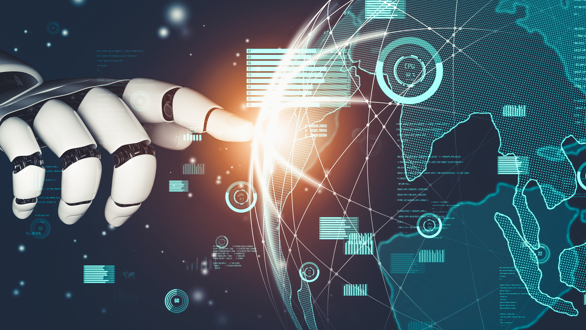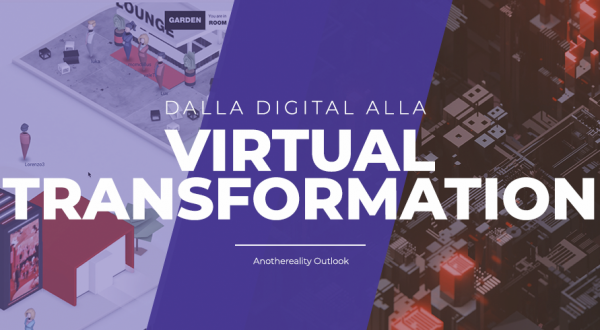After years of more or less successful experiments, today solutions leveraging the virtual worlds of spatial computing are spreading in the business world. In the production field, there are applications designed to improve productivity by using simulation, for example, to reduce the use of physical prototypes, which can be expensive to create, especially when dealing with large-scale environments. They are also used to bring people closer without forcing them to travel, for instance, with virtual showrooms identical to their real counterparts.
BIM, a great example of physical-digital integration
The construction industry has already adopted Building Information Modeling (BIM), a solution that allows for the digital representation of the physical and functional characteristics of structures. Through BIM, relevant data from a construction project can be collected, combined, and digitally connected, represented in 3D. This applies not only to buildings but also to factories, ships, tunnels, and ports, such as the one in Genoa.
The concept of BIM is not new. It originated in the 1970s, but it was only after 2000 that standards were developed. More recently, BIM has started to integrate virtual reality technologies, which are used in various stages of the design process, significantly improving workflows. The adoption of virtual reality has allowed for improved workflows, reduced costs, and accelerated the engineering design process. With virtual reality, an engineer can visit a site before the first stone is even laid, analyzing the various phases of the production process and anticipating the challenges that will be faced during construction. In essence, a virtual reality headset can transport us to an alternative, virtual world.
These virtual worlds can be categorized based on their characteristics, such as metaverses, multiverses, or mirrorworlds.
What are the differences between these different virtual worlds?
Spatial computing is a new and evolving field that we will encounter both as consumers and as businesses. Consequently, we will also need to learn new terminology.
When discussing virtual worlds, it is important to understand the terminology used. Not all environments in which we immerse ourselves wearing a virtual reality (VR) headset have the same characteristics. Furthermore, depending on their specificities, they can be categorized into three main groups: metaverses, mirror worlds, and multiverses.
When it comes to augmented reality, it is crucial to consider that the “real” world surrounding the user is an integral part of the simulation. Often, the distinction between VR and 360-degree 3D is not even clear, as we have discussed.
To clarify the terminology of spatial computing, including metaverses, mirror worlds, and multiverses, we have written three dedicated articles. Here, however, are two interesting articles, one from TechCrunch and one from Forbes, which provide an overview of the “spatial” world—though not extraterrestrial—that awaits us.
In 10 years, human-computer interaction will change significantly. From 2D apps confined to a screen—be it desktop, tablet, or mobile—we will enter an era where mixed reality (accessed through lightweight devices) will blend virtual and physical worlds.
We are not yet fully technologically or culturally ready for that future, but it is just around the corner. We will experience a transition focused on the fusion of gaming, social media, and various business applications.
This will lead us to a new model where virtual worlds will be directly connected to the physical reality, no longer isolated or merely adjacent to it. And then, metaverses, mirror worlds, and multiverses will become natural dimensions.


